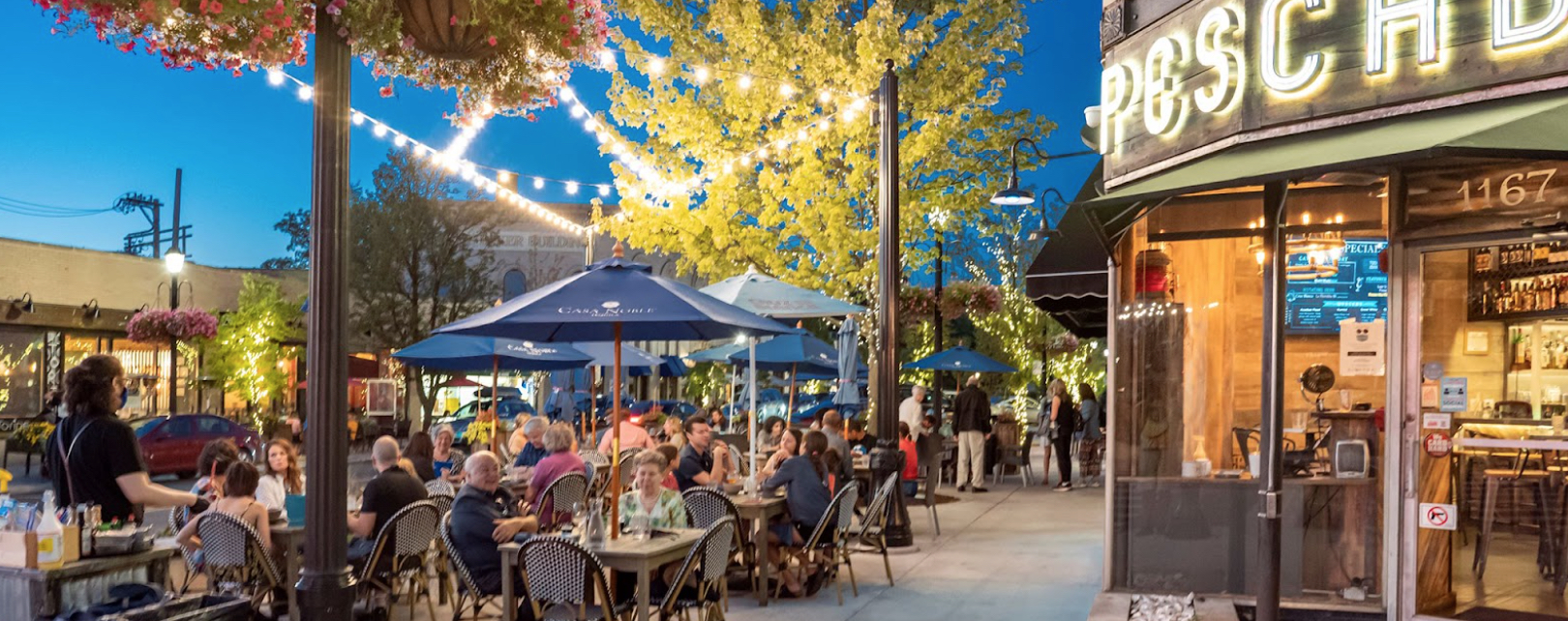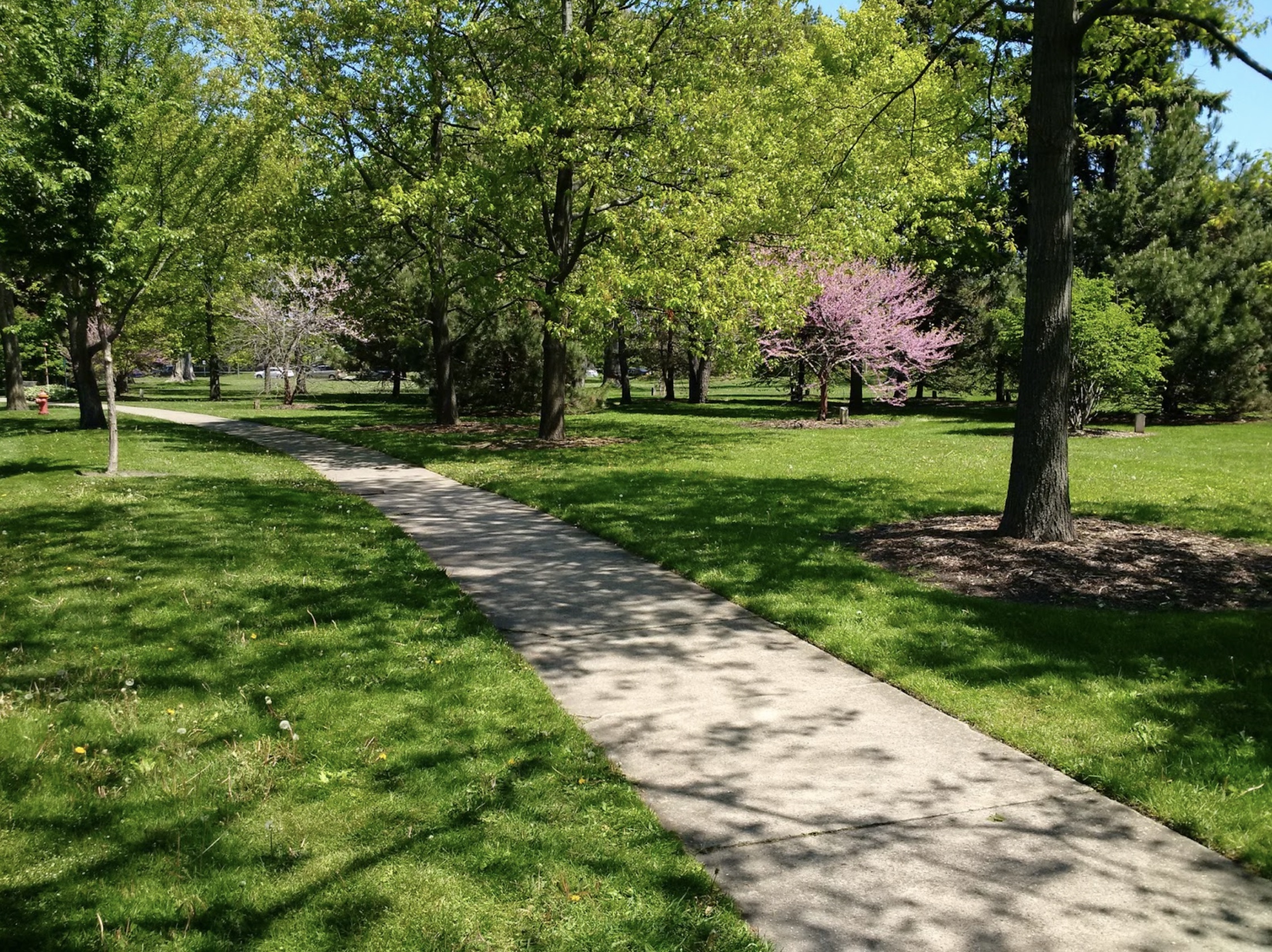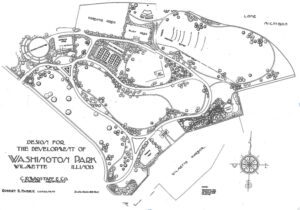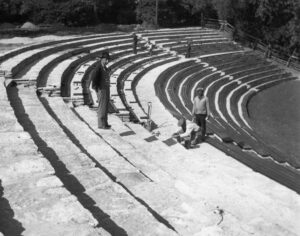As construction continues at Optima Verdana, we continue to embrace the culture of Wilmette and its surroundings. Throughout the year, the village has celebrated its Sesquicentennial Anniversary through various projects and events, including the Sesquicentennial Photography Project. However, the village is gearing up to bring its celebration to its pinnacle on September 10 at the Wilmette 150 Celebration.
The event is a commemoration of the countless celebrations and projects Wilmette has hosted throughout the year. Along with the Photography Project, community members plan on sharing the stories of local history in the Voices of Wilmette: An Oral History Project. In honor of the celebration, the Wilmette Public Library is hosting various events educating participants on the history of the village, including one that highlighted German immigration to the Chicago area and another featuring the history of early Illinois Settlement on September 29.
The festivities kick off in Downtown Wilmette at 11 a.m. THE Wilmette Block Party will include music from the community band, remarks from the Village President and a parade led by the Loyola Academy Marching Band, and is free for all attendees. Along with the entertainment, the celebration will feature a Kid Zone and a variety of food options from local restaurants.
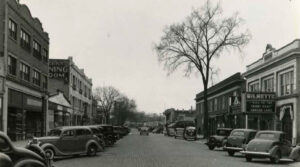
However, the celebration doesn’t stop there. After submissions end for the Sesquicentennial Photography Project, the Wilmette Historical Museums will curate an exhibition using the chosen photos throughout their museum and in other venues throughout Wilmette.
To learn more about THE Wilmette Block Party and Wilmette’s 150th Anniversary, visit their website here.
